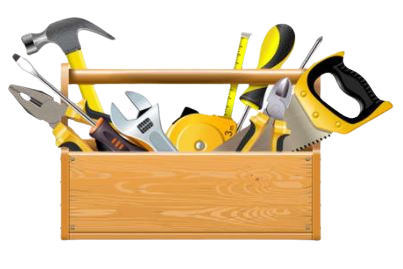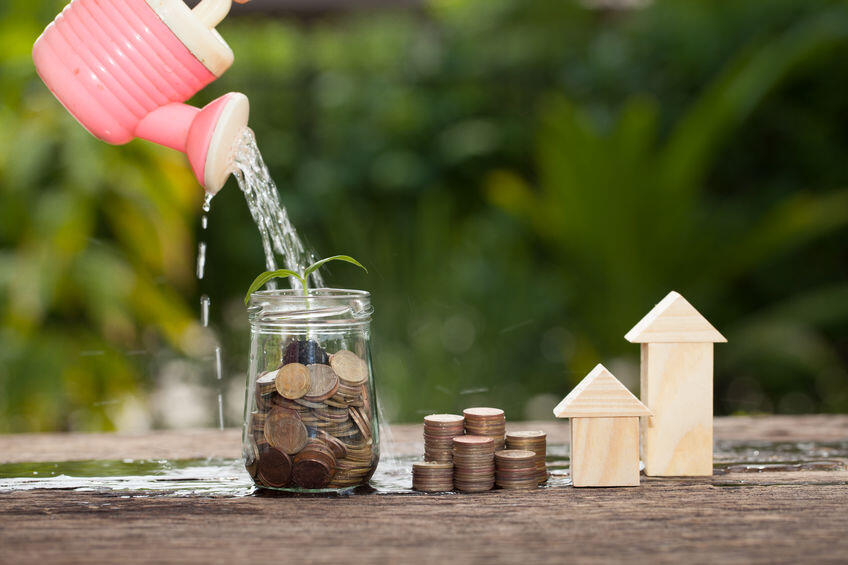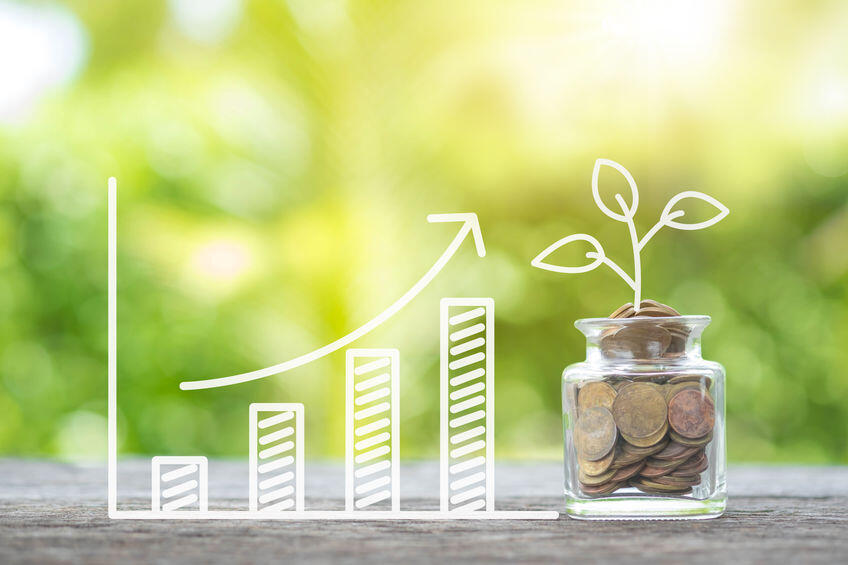How Interest Rates Effect House Prices
Australian house prices have been on a tear over recent years, with house prices vastly outpacing regular inflation and wage growth.
Figure1.

As borrowing capacity is largely reliant on borrower’s deposit, equity, and servicing capabilities, having housing prices far outpace wage growth is sure to self-constrain at some point. While this can be countered , such as intergenerational wealth or relaxed lender policies, recent change of events such as rising interest rate rises can cause magnified issues in such an environment.
Historically, changes to the cash rate had taken multiple months to have an effect, AMP Capital chief economist Dr Shane Oliver said, but the lag has narrowed as very high prices and debt-to-income ratios made the market more sensitive to interest rate changes.
So what happens when interest rates keep rising?
The most noticeable effect is lenders lifting their own interest rates, leading to rising repayments, and reducing borrowing capacity. While an initial rate rise may only have slight impact, the result of compounding rises has a material effect on borrowing capacity, and so in turn house prices in such a leveraged environment. This then feeds into the narrative of price decreases, causing a self-fulfilling prophecy as buyers not only bid less for properties, but also are wary of overextending themselves, and sellers are worried if they don’t sell today, how low may they have to go tomorrow. A clear inverse of housing prices to interest rates can be seen below.
Figure 2.

Rising Interest Rate Protection
For a current or proposed property purchase, the high probability if future rises need to be calculated. The simple way to do this is how lenders assess serviceability on a typical mortgage. When working with a mortgage broker, an applicant will typically be tested round 3% or more higher than the proposed interest rate. A broker can easily give you this actual repayment figure, to assist with forecasting potential future repayments, and give insight into future budgeting scenarios. The other way for protection, is trying to avoid maximum borrowing limits. That is, even though a full servicing worksheet may show a borrowing capacity of say $750K, it is generally best to consider 75-85% of this. This allows not just for future interest rate rises, but also general inflationary increases.
Rising Interest Rate Opportunities
With declining house prices, this can be seen to offset interest rate rises for new to market participants. Potential buyers can benefit by looking for markets that may be oversaturated with sellers, or where higher deposits are required by lenders. Buyers can also ensure they keep well within their original purchasing budget, and to negotiate whilst being happy to walk away from a potential purchase. Buyers with higher deposits may also find that interest rates affect them less, and so outbid others at auction easier, or be more inclined to bid for a higher price they are comfortable and/or approved for.
Interest Rate Outlook
No crystal ball can be 100% correct though external economic influences can be seen on the Australian property market, which all point to continual interest rate rises. Buyers and sellers alike will find this very different to the previous norm of lower rates and extremely bullish housing price increases. No matter which side of the fence someone sits on, the best way to prepare is to simply be prepared. While purchasing a home, even for investment, always has some level of emotion attached, the numbers will always give the true indication of a good or sub-par deal. The best advice is to always buy well within capacity, and to sell only when you must do or want to.
Figure 1. – https://www.abs.gov.au/statistics/economy/price-indexes-and-inflation/residential-property-price-indexes-eight-capital-cities/latest-release
Figure 2 – https://property.edgeblack.com.au/will-higher-interest-rates-cause-property-prices-to-fall/


















